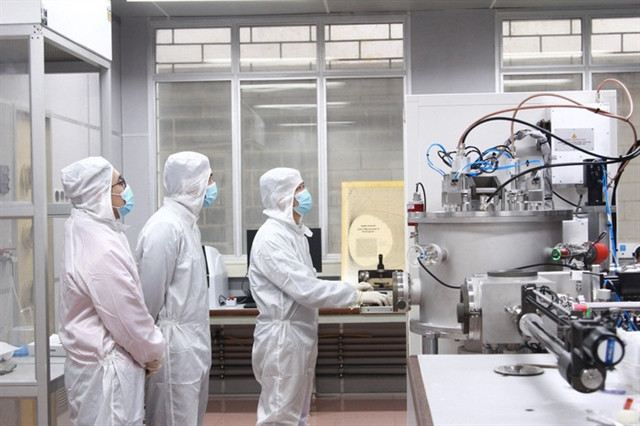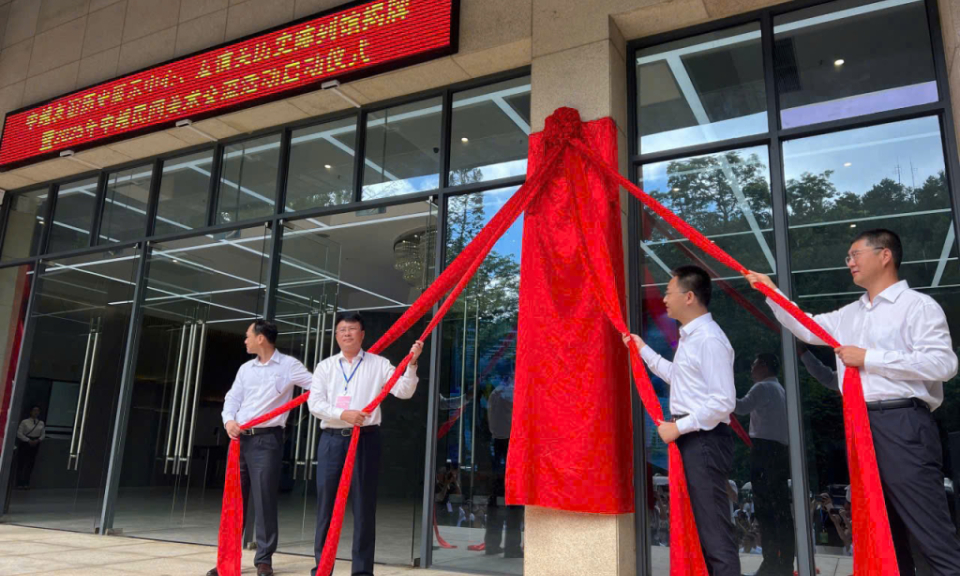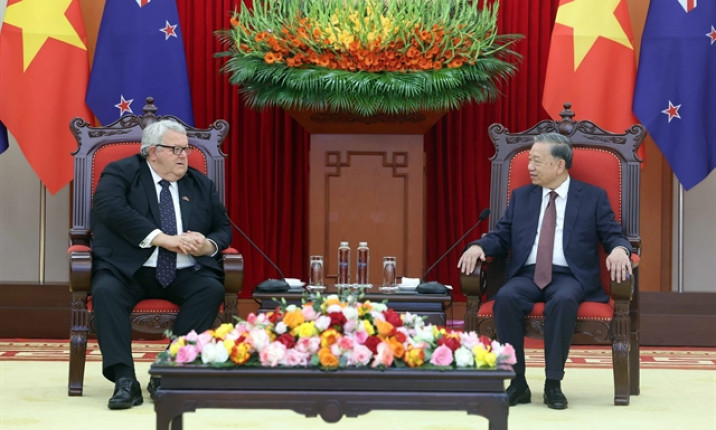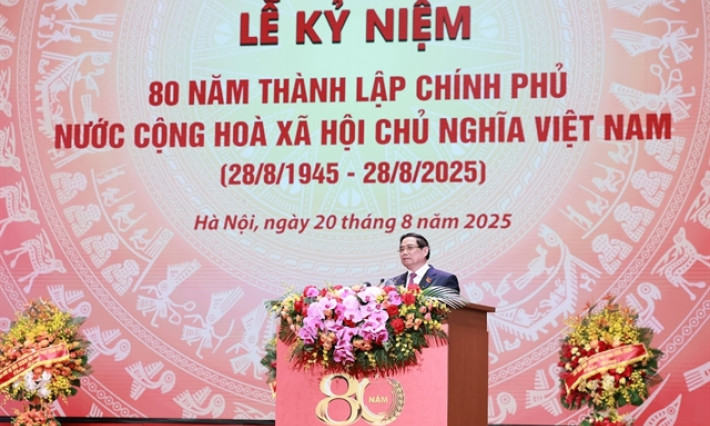Breakthrough strategy to build high-quality workforce in science and technology
The Ministry of Science and Technology is developing a national strategy to attract and use talent, focusing on flexible mechanisms including risk acceptance in research, increased autonomy for public science organisations and benefit-sharing from research results.
In the face of accelerating digital transformation and global competition for knowledge, Việt Nam is placing science, technology and innovation at the heart of its development strategy, and talent is the key.
The Ministry of Science and Technology (MoST) is drafting a national strategy to attract and effectively use skilled workers, with a strong emphasis on flexible policies and international cooperation. The aim is to build a dynamic, innovation-driven economy by drawing in top minds from both within the country and abroad.
This strategic move comes under the direction of Party General Secretary Tô Lâm and Prime Minister Phạm Minh Chính, who have tasked the Ministry of Home Affairs with working closely with MoST and relevant agencies to shape policies that enable Việt Nam to compete globally in critical sectors such as semiconductors, AI and digital infrastructure.
A central goal is to attract at least 100 leading experts to return and contribute to national development, said Deputy Director of the Personnel Organisation Department under MoST Mai Ánh Hồng.
Two recently passed laws — the 2025 Law on Science, Technology and Innovation and the Law on Digital Technology Industry — are expected to serve as the legal backbone for this transformation.
The Law on Science, Technology and Innovation strengthens scientists’ rights, including over intellectual property and financial benefits from their work, and promotes the commercialisation of research outcomes. Importantly, it also introduces more flexible salary structures, permitting allowances beyond the standard wage ceiling to attract overseas Vietnamese experts and other high-calibre professionals.
Meanwhile, the Law on Digital Technology Industry aims to fast-track the development of the semiconductor sector and provide a legal basis for managing digital assets and AI technologies.
However, Hồng warned that legal improvements alone are not enough. Without timely issuance of supporting decrees and circulars aligned with existing laws, these policies will remain on paper, he said.
He also highlighted that while financial incentives have improved, they are still not competitive enough when compared to developed nations. Non-monetary factors such as workplace culture, research infrastructure, autonomy and career prospects remain crucial to making Việt Nam an attractive destination for talent.
MoST’s strategy is centred around flexibility, making use of measures like expanding risk-tolerant research funding models and autonomy of public science and technology institutions as well as ensuring benefit-sharing mechanisms for research outcomes.
A national project on developing and deploying a highly skilled workforce is expected to be submitted to the Government by September. Investments will continue in upgrading laboratories and research facilities and building high-tech parks and start-up incubators, Hồng said.
Administrative procedures are set to be streamlined, and funding will be made more accessible. MoST is also designing tailored incentives to draw in overseas Vietnamese and international experts, including attractive financial packages and improving working conditions.
In parallel, the Ministry of Home Affairs is preparing a draft decree on recruiting chief engineers and chief architects in key technology fields like smart cities, digital infrastructure and cybersecurity. These roles will be open to both public and private sector candidates, including overseas Vietnamese and foreigners.
To attract top talent, proposed incentives include salaries on par with ministerial ranks, performance-based bonuses, tax exemptions, housing support and family benefits. The State budget is expected to allocate approximately VNĐ530 billion (US$20.2 million) annually to fund six chief engineers and more than 150 chief architects across various ministries and localities.
Enterprises will be encouraged to boost investment in research and development (R&D) and form stronger links with universities and research institutes. International cooperation will also be expanded to connect Vietnamese scientists with global projects and networks, he said.
MoST is working to bring major technology corporations to Việt Nam to establish R&D centres and create spillover benefits for the domestic innovation ecosystem.
Evaluation of scientists will shift from procedural metrics to tangible outputs, including international publications, patents and commercialised products.
Hồng stressed that the success of these efforts hinges not only on financial or legal frameworks, but also on the creation of a vibrant scientific environment that encourages creativity, rewards results and embraces global collaboration.
The two newly passed laws have established a legal foundation for breakthrough policies in science and technology. Their success will depend on the timely issuance of guiding documents and streamlined procedures.
MoST expects that these policies will help build an attractive and competitive environment for top-tier experts, driving strategic progress in Việt Nam’s core technology sectors, Hồng said.






